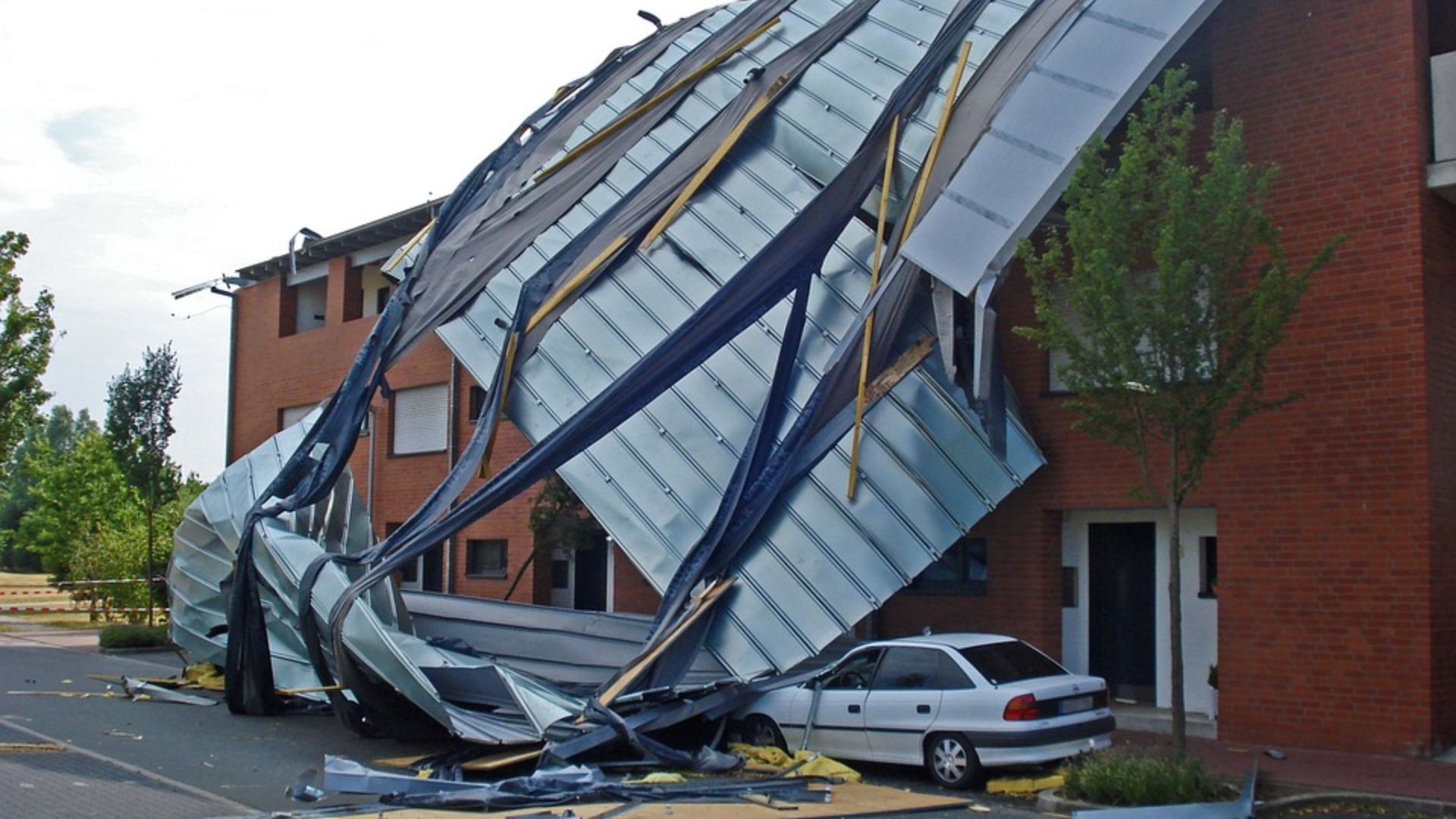Dealing with the aftermath of severe weather conditions is overwhelming for homeowners. Roof damage is common in extreme weather conditions. The damage can range widely, from minor leaks and broken shingles to major collapses. The extent of damage can put a huge dent in your pocket unless you have insurance. That’s why, understaning roof insurance claims is crucial for homeowners looking to avoid the hefty replacement cost.
There are many questions you probably have about roof insurance: Will my insurance cover the nature of roof damage? Is roof insurance even worth it? What’s the process?
We explain all of these concerns and more in the article below.
Understanding Roof Insurance Coverage
It’s crucial to understand the kind of coverage you have before a problem arises. Generally, roof insurance is categorized into two main types:
- Comprehensive Coverage: This is the more inclusive option that covers most sources of damage to your roof, except those specifically excluded in your policy. It is ideal for those living in areas prone to extreme conditions as it typically includes damage from storms, fire, vandalism, and sometimes, accidental damages.
- Specific Perils Coverage: Unlike comprehensive coverage, specific perils coverage only protects against risks named in the policy. Common perils include fire, hail, and wind.
What Typically Gets Covered
Most insurance policies cover damages that are sudden and accidental. This includes scenarios like a tree falling on your house during a storm or shingles being ripped off by high winds. However, damages from neglect or ongoing wear and tear are typically not covered. Here are some specifics:
- Weather-Related Damage: This includes any damage from hail, wind, and sometimes, water damage if it results from the weather event.
- Accidental Damage: This includes events like falling debris or other unexpected accidents that harm the integrity of the roof.
Filing the Claim
Claiming roof insurance is tricky, but it doesn’t have to be an uphill task. Being well-prepared and organized significantly expedites the process and increase your chances of a favorable outcome. Here are the steps to do it:

- Contact Your Insurance Provider: Contact your insurance provider to report the claim as soon as you discover the damage. It’s crucial to do this quickly as most policies require claims to be filed within a certain timeframe after the damage occurs.
- Fill Out Required Claim Forms: Your insurer will provide you with the necessary claim forms to fill out. Complete these forms accurately and return them as instructed. Be sure to keep copies for your records.
- Schedule an Assessment with an Insurance Adjuster: The insuracne company will assign an insurance adjuster to assess the damage to your roof. They will schedule a visit to your home to inspect the roof personally. This assessment will determine whether your claim is viable and how much the insurance company will pay for the repair or replacement.
- Understanding the Adjuster’s Report: After the assessment, the adjuster will create a report that outlines the amount of compensation the insurance company is willing to offer. This report is based on the policy details, the damage incurred, and the expected cost of repairs or replacement.
Financing Options
After your roof insurance claim is filed and assessed, you might find that the payout doesn’t fully cover the cost of a roof replacement. This scenario is common, especially with policies that factor in depreciation or only cover actual cash value.

Most insurance companies calculate payouts based on either the replacement cost value (RCV) or the actual cash value (ACV) of your roof. RCV policies reimburse you for the cost to replace your roof with a similar one at current prices, whereas ACV policies pay out based on the depreciated value of your roof at the time of the damage.
Additional Financing Options
When the insurance payout isn’t enough to cover the full cost of a roof replacement, you may need to know to finance a roof replacement. These are the best options to consider:
- Roofing contractor financing
- Personal or home equity loans
- Government grants and programs
- Credit cards
Take Roof Damage Seriously
Roof damage is a handful of situations that can be overwhelming. These tips from the article above are essential to come out as a winner in your roof insurance claim:
- Learn the types of coverage available and what is typically included to ensure you are adequately protected.
- Document everything thoroughly and follow the steps to file your claim promptly to avoid delays in processing and potential denials.
- Explore various methods to cover any additional costs not met by your insurance payout, including loans, grants, and roofing contractor financing plans.


More Stories
How Outdoor Lighting Enhances Security and Aesthetic Appeal
The 5 Signs You Need Mold Removal in Toronto
Signs You Need Asbestos Removal in Edmonton